Guest Post by Reciprocity
If you are a beginner wishing to venture into data science, it can be a challenge to choose the appropriate language to learn with the long list of existing programming languages. What’s more, most programming languages are subject to updates that enhance their performance. This increases the confusion for developers when selecting a programming language for their projects. If you are interested in data science, below are the ten best data science programming languages you should learn to add to your skills and give you an edge in your career.
1. Python
Python is among the most popular programming language for data scientists due to its versatility. It is a general-purpose, open-source programming language used in web development, software development, and creation of video games. Importantly, Python supports a wide range of data structures.
Python is easy to learn and use due to its simple, readable syntax, making it suitable for beginners. It also provides all the tools you need for problem-solving and has a rich library. You can collect and clean data, perform data processing and visualization, statistical analysis and deploy machine learning with Python. If you just got into the data science world and are unsure what language to learn, Python is your best bet.

2. JavaScript
Although it started as a front-end programming language, the addition of frameworks like NodeJs, ReactJs, and VueJs has seen JavaScript advance to a notable language for both front-end and back-end website development. JavaScript is easy to use as you can access models and algorithms through the web browser. It also allows data scientists to perform numerous tasks, including data visualization and building dashboards.
With excellent web integration and its role in conveying insights from big data, JavaScript has almost everything you need as a data scientist. It is also scalable but works best as a secondary programming language. Since it supports deep learning and machine learning libraries like Keras and Tensorflow, JavaScript is perfect for web developers who want to get into data science.
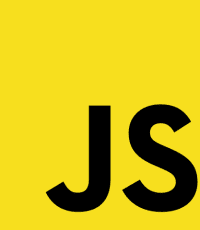
3. Java
Java is a highly versatile programming language that can run anywhere across different platforms once compiled. It is an object-oriented programming language popular for excellent performance and efficiency. Java plays a significant role in data science through the Java Virtual Machines that provide an efficient framework for big data tools like Spark, Hadoop, and Scala.
Java’s high performance makes it ideal for performing big data tasks with complex processing needs and large storage requirements. You can use Java for natural language processing, data analysis, data mining, and deep learning.
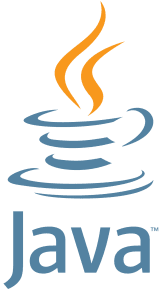
4. SQL
SQL is your best option if you are looking for a language that can handle and manipulate structured data. The language allows you to communicate, edit and obtain data from databases. Being a querying language, you can easily find the data you need, check large datasets, and adjust them. It is also a domain-specific language, making it convenient when managing relational databases.
You don’t have to be a coding expert to utilize SQL since it doesn’t require traditional coding logic. The language employs a simple syntax, thus making it easy to learn.
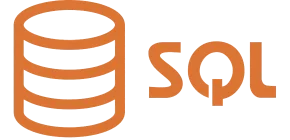
5. R
R is a domain-specific, open-source language tailored to the data science field. It comes in handy when performing statistical operations and is common in data analysis and academia. R is also easy to learn and powerful enough to handle large and complex data sets.
The programming language boasts of a broad collection of libraries specifically for data analysis, such as the collection of data science packages known as Tidyverse. Similarly, a library-like caret will make your machine learning easier when developing algorithms. You can choose to work directly with R or through a third-party interface known as Rstudio.
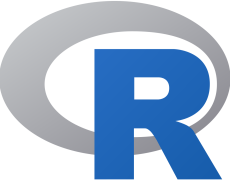
6. Scala
Scala is an extension of Java and runs on the Java Virtual Machines. However, it is more clear, less wordy, and addresses common issues in Java. Scala is among the best languages for big data and machine learning. It is also highly scalable to handle big data and compatible with most high-performance data science frameworks. Since it is an object-oriented programming language, Scala is easy to learn.
You can use Scala when working on high volumes of data, and the over 175000 libraries provide it with multiple functionalities within the programming language. Note that Scala was used in writing Apache Spark, a popular cluster computing framework. Therefore, it is a must-learn language if your work involves Spark.
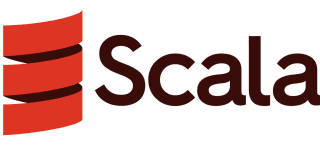
7. Julia
As a programming language specifically designed for scientific computing and numerical analysis, Julia is a fast-rising general-purpose programming language in the field of data science. Due to its high performance, Julia has grown in popularity to become the number one choice for high-level businesses dealing with risk analysis, on-time series analysis, and space mission planning.
Julia is also highly versatile and can support distributed and parallel computing. If your focus is on data visualization, numerical analysis, deep learning, or interactive computing, you should consider learning the programming language due to its fast performance.

8. C/C++
Your knowledge of C and C++ will come in handy when handling computationally intensive jobs in your data science field. The two languages are faster than most programming languages, making them suitable for creating machine learning and big data applications. Note that the core of most popular machine learning libraries like Tensorflow and PyTorch are written in C++.
C/C++ can compile data fast, which gives you extensive command of your applications. It is ideal for projects with high scalability and performance requirements. Since they are low-level programming languages, C/C++ can be difficult to learn. As such, you should consider them after understanding programming fundamentals.
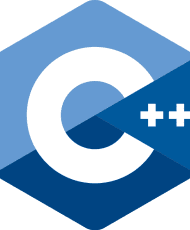
9. MATLAB
MATLAB is the best programming language for intense mathematical computations and statistical operations. You can use it to implement algorithms and create User Interfaces. It is also great for data analysis, mathematical modeling, and image processing.
MATLAB’s functionality of deep learning makes learning the programming language an excellent way to transition to deep learning. You’ll find MATLAB in academia as it is usually used in teaching numerical analysis and linear algebra.
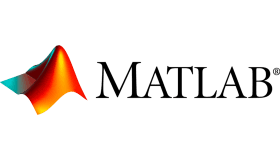
10. SAS
As the name suggests, Statistical Analysis System (SAS) is a valuable tool for statistical data analysis. You should learn SAS if you are interested in the analytical industry as it is a stable language for analytical operations.
SAS can manipulate and manage data, perform analysis using statistical models, and access data in multiple formats. Although SAS is a great data science programming language to learn, it may not be ideal for beginners as it targets more complex business issues.

Eventually, the language you specialize in will depend on your data science environment, interest, the company you work for, and your career path. Also, you don’t have to master all the above languages at once. Start with one or two after establishing your career path and add to your knowledge as you advance.



Other posts you may like
Why Probeware Matters in Science Education
In today’s classrooms, hands-on learning is essential. Students learn best when they can see, measure, test, and experience concepts directly. That’s where probeware comes in. By giving learners the tools...
Raspberry Pi and Marty the Robot
Marty doesn’t require a Raspberry Pi to be programmable in unplugged mode, Blocks Jr, Blocks, or python, but it is super-easy to add a Raspberry Pi computer to Marty the…
The Importance of Physical Computing: Why Hands On Coding Matters
What is physical computing? Physical computing is the use of code to control and interact with devices in the real world. Instead of running programs only on a screen, students...
TRY MARTY
FOR FREE
Are you looking for new STEM resources for your classroom? Robotical are loaning Marty the Robot to schools for no-obligation, 2 week trials.